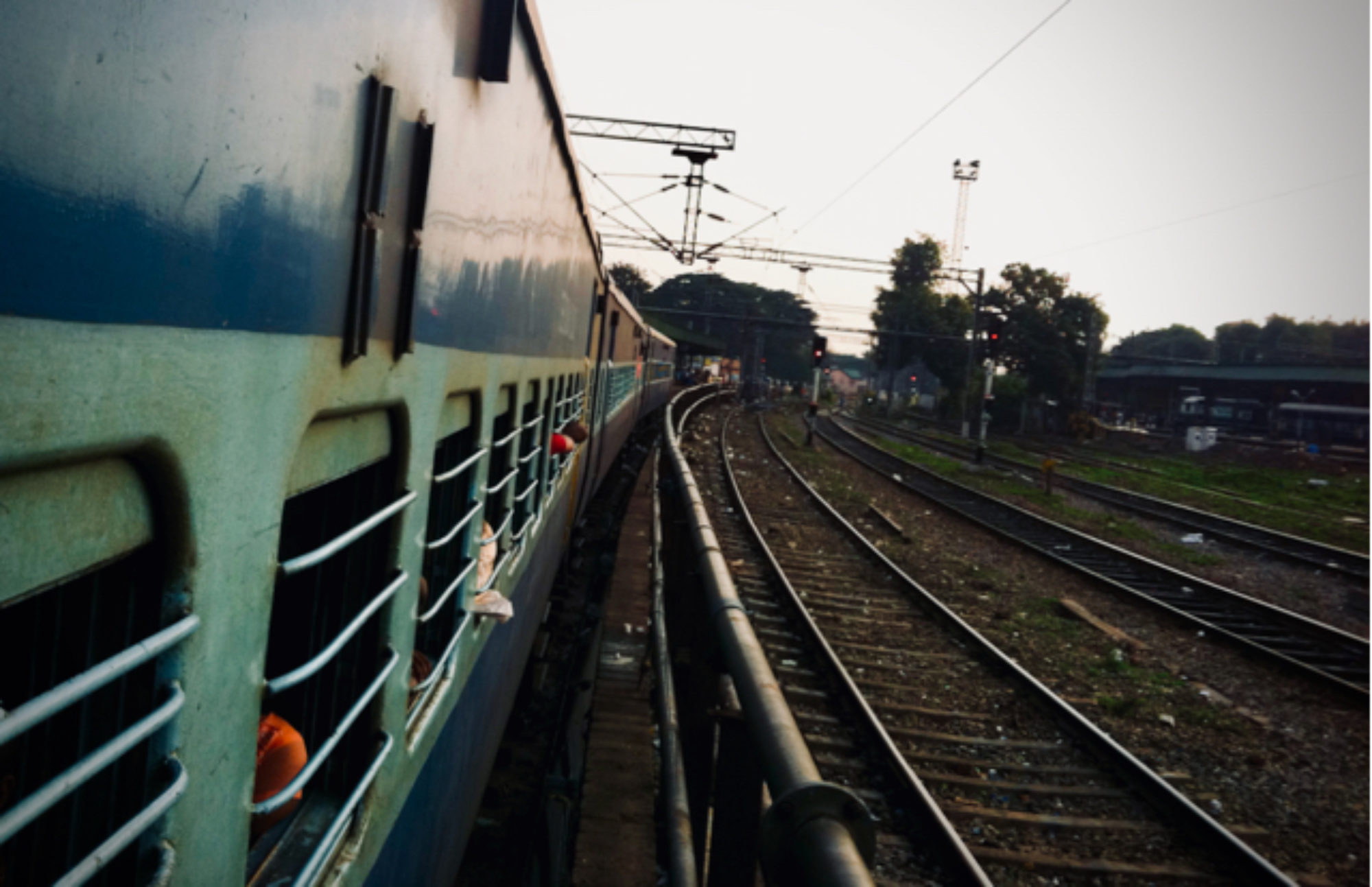>
 |
| Photo Credit: Port of San Diego under Creative Commons |
Every week at Invested Development we scan the web for articles that relate to what we do and what we like. This week we read a lot about alternative energy.
In a recent blog post, Green Biz reflects on cost and control issues surrounding solar energy. Singh points out that despite the high initial costs of going solar (rather than using natural gas), the “emission reductions, local job creation and other indirect positive benefit” more than justify the expense. A smart grid will combat solar energy cost and control issues by controlling the energy supply according to the present level of demand. A smart grid would also allow for more dynamic pricing “corresponding with the hours of maximum solar generation.”
“Alternative Energy in India” by Usha Ganesh
In Karnataka, India, three small, self-run biomass power plants are providing reliable energy to the rural area. The initiative, called the Kabbigere project, helps the local economy by providing skills and jobs, reliable electricity, and a demand for the local growth eucalyptus for the production of biomass which “has encourage further greening of the area.” The Kabbigere project is a great example of developing alternative energy solutions to benefit the local economy and the global environment.
“Solar Panels on Sale at the Supermarket” by Sami Grover
This article was buzzing on Twitter today. In the UK, a supermarket chain called Sainsbury’s will have solar panels for sale on their shelves right along with your typical household items and groceries. Sainsbury’s will offer 10,000 “Nectar” points, or rewards points, to customers for installing their solar panels. For the UK, this is yet another incentive to go solar, along with the solar feed-in tariffs (mentioned in this Weekly Review and explained further here).
“How to Bridge the Energy Gap” by Abby Callard
Directly correlated to India’s economic growth is the rise in demand for energy. Despite the growth, many rural areas lack access to consistent and reliable energy. The challenge to provide energy throughout all of India is also an opportunity to implement clean energy solutions, thereby creating jobs, rural economic growth, and a competitive place in the race to go green. Callard goes on to explain the possibilities and the logistics behind wind energy and other alternative and renewable energy opportunities.
With all this talk about alternative energy, you have to wonder about American’s knowledge and, more importantly, perceptions of the industry. Pike Research surveyed 1000 US adults, 79% of whom “have a favorable view of solar energy,” and 75% “have a favorable view of wind energy.” Cap and trade was ranked least favorable (for a great explanation of Cap and Trade, visit The Story of Cap and Trade from The Story of Stuff Project).
